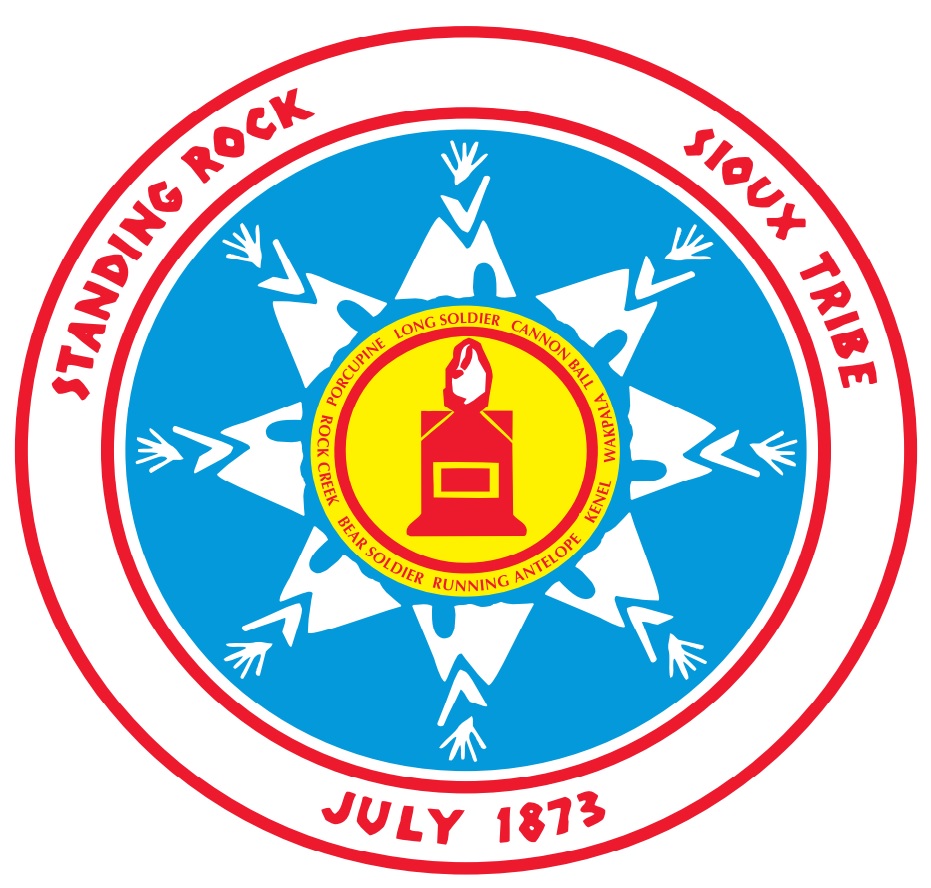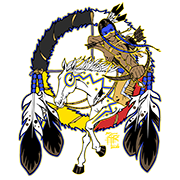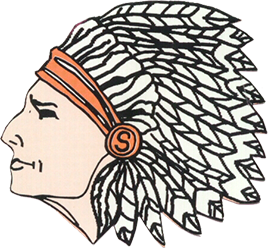
About Standing Rock Sioux Tribe
Location & Size: Straddling the South Dakota and North Dakota border, the Standing Rock Indian Reservation covers 2.3 million acres, stretching across endless prairie plains, rolling hills and buttes that border the Missouri River.
Population: Estimated enrolled 16,102 (BIA-SRST)
Languages: On the Standing Rock Sioux Reservation, English is widely spoken, while Lakota is also used and actively being revitalized.
Contact Information
Standing Rock Sioux Tribe
1 Standing Rock Ave,
Fort Yates, ND 58538
Phone
701-854-8500
Contact Media
media@standingrock.org
Historical Overview of SRST
The Standing Rock Sioux Reservation is situated in North and South Dakota. The people of Standing Rock, often called Sioux, are members of the Dakota and Lakota nations. “Dakota” and “Lakota” mean “friends” or “allies.” The people of these nations are often called “Sioux”, a term that dates back to the seventeenth century when the people were living in the Great Lakes area. The Ojibwa called the Lakota and Dakota “Nadouwesou” meaning “adders.” This term, shortened and corrupted by French traders, resulted in retention of the last syllable as “Sioux.” There are various Sioux divisions and each has important cultural, linguistic, territorial and political distinctions.
The Dakota people of Standing Rock include the Upper Yanktonai in their language called Ihanktonwana which translates “Little End Village” and Lower Yanktonai, called Hunkpatina in their language, “Campers at the Horn” or “End of the Camping Circle”. When the Middle Sioux moved onto the prairie they had contact with the semisedentary riverine tribes such as the Mandan, Hidatsa, and Arikara. Eventually the Yanktonai displaced these tribes and forced them upstream. However, periodically the Yanktonai did engage in trade with these tribes and eventually some bands adopted the earthlodge, bullboat, and horticultural techniques of these people, though buffalo remained their primary food source. The Yanktonai also maintained aspects of their former Woodland lifestyle. Today Yanktonai people of Standing Rock live primarily in communities on the North Dakota portion of the reservation.
The Lakota, as the largest division of the Sioux, subdivided into the Ti Sakowin or Seven Tents and Lakota people of the Standing Rock Reservation included two of these subdivisions, the Hunkpapa which means “Campers at the Horn” in English and Sihasapa or “Blackfeet,” not to be confused with the Algonquian Blackfeet of Montana and Canada which are an entirely different group. By the early 19th century, the Lakota became a northern Plains people and practically divested themselves of most all Woodland traits. The new culture revolved around the horse and buffalo; the people were nomadic and lived in tee pees year-round. The Hunkpapa and Sihasapa ranged in the area between the Cheyenne and Heart Rivers to the south and north and between the Missouri River on the east and Tongue to the west. Today, the Lakota at Standing Rock live predominantly in communities located on the South Dakota portion of the reservation. (Standing Rock Sioux Tribe)
Election Process
The Standing Rock Sioux Tribe stands by its right to self-government as a sovereign nation, which includes taking a government-to-government stance with the states and federal government entities.
The Standing Rock Sioux Tribe operates under a constitution approved on April 24, 1959 by the Tribal Council of Standing Rock Sioux Tribe. The Tribal Council consists of a Chairman, Vice-Chairman, a Secretary and 14 council members, consisting of a member elected from each of the eight districts, and 6 at-large council elected by the tribe. Positions are elected by the tribal members and serve a term of four years. The Tribal Council Chairman provides leadership and administrative direction to the tribe.
- The Tribal Council Chairman and Council serve a term of four years. Six of the fourteen additional Council members shall be residents of the Reservation without regard to residence in any district or state. Each of the remaining additional council members shall be a resident of the district from which his/she is elected. The At-large Council members are elected by the district people as whole.
Regular Tribal Council meetings are the first Tuesday, Wednesday, and Thursday of the month. Committee meetings are held the second week of the month. The last Monday of the month is for gaming and other tribal business.
The Tribal Council passes legislation, makes budgets, approves of financial transactions, and makes major decisions affecting the tribe including:
- Managing the tribe’s real property, including trust lands.
- Engaging in business ventures.
- Passing and enforcing ordinances to serve the general welfare of enrollees, the environment, and the public safety of reservation residents.
- Entering into Contracts for business and for government needs.
Standing Rock Sioux Tribe Flag
 | The flag of the Standing Rock Sioux is medium blue with the Tribal seal in the center. The seal’s outer ring is white, edged by two narrow red and and bears in red “STANDING ROCK SIOUX TRIBE” above and “JULY 1873” below. The seal contains a circle of the eight white tipis representing the eight districts of the reservation. The ring of outward-pointing tipi encloses a yellow disk depicting the Standing Rock in white on its red pedestal. Around the disk are the names of the eight districts in red:
|




